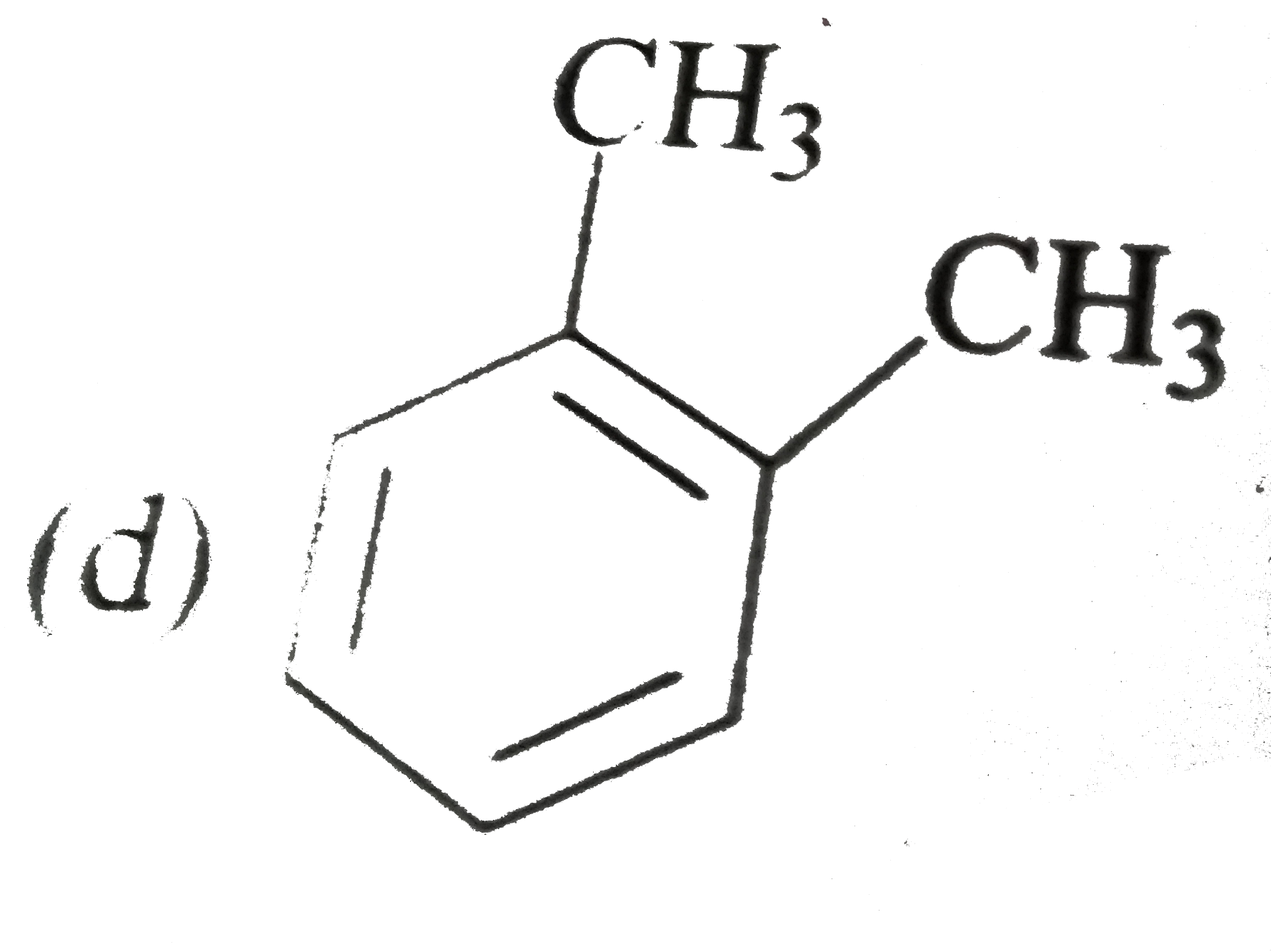To solve the problem, we need to analyze the reaction step by step.
Step 1: Identify the starting compound
The starting compound is 3-bromopropene, which has the structure:
CH3−CH=CHBr
Step 2: Reaction with NaNH2
When 3-bromopropene reacts with sodium amide (NaNH2), it undergoes an elimination reaction (E2 mechanism). In this mechanism, the bromine atom (Br) and a hydrogen atom (H) from the adjacent carbon are removed simultaneously.
- The bromine (Br) is a good leaving group and is removed as Br⁻.
- A hydrogen atom is removed from the carbon adjacent to the one bearing the bromine.
This results in the formation of an alkyne:
CH3−C≡C−H
This compound is 1-butyne.
Step 3: Passing through red hot iron tube
Next, we pass the formed alkyne (1-butyne) through a red hot iron tube. In this condition, alkynes can undergo a process called polymerization.
- The alkyne can react with itself to form a more complex structure. In this case, it leads to the formation of a benzene derivative.
Step 4: Final product formation
The polymerization of 1-butyne leads to the formation of 1,3,5-trimethylbenzene (also known as pseudocumene). The structure of the final product is:
C6H3(CH3)3
This compound has three methyl groups attached to a benzene ring at positions 1, 3, and 5.
Final Answer
The final product of the reaction is 1,3,5-trimethylbenzene.
---
The starting compound is 3-bromopropene, which has the structure:
CH3−CH=CHBr
When 3-bromopropene reacts with sodium amide (NaNH2), it undergoes an elimination reaction (E2 mechanism). In this mechanism, the bromine atom (Br) and a hydrogen atom (H) from the adjacent carbon are removed simultaneously.
- A hydrogen atom is removed from the carbon adjacent to the one bearing the bromine.
CH3−C≡C−H
This compound is 1-butyne.
Next, we pass the formed alkyne (1-butyne) through a red hot iron tube. In this condition, alkynes can undergo a process called polymerization.
The polymerization of 1-butyne leads to the formation of 1,3,5-trimethylbenzene (also known as pseudocumene). The structure of the final product is:
C6H3(CH3)3
This compound has three methyl groups attached to a benzene ring at positions 1, 3, and 5.
The final product of the reaction is 1,3,5-trimethylbenzene.
Similar Questions
Knowledge Check
CH3−C≡C−CH3NaNH2−−−−→X, What is X ?
ACH3CH2CH2CH3BCH3CH2−C≡CHC DCH2=C=H∣C−CH3
DCH2=C=H∣C−CH3CH3−C≡C−CH−3NaNH2−−−−→'X'. What is X.?
ACH3CH2CH=CH2BCH3CH2C≡CHCCH3−CH=CH−CH3DCH2=C=CH−CH33CH3−C=ChRedhot−−−→Cutube
A B
B C
C D
D
CH≡CHNaNH2−−−−→[A]CH3Br−−−→[B]
View SolutionIn the following reaction, the product 'R' is:
CaC2H2O−−→Phot iron−−−−→tubeQCH3Cl−−−→AlCl3R
View SolutionPh−Cl∣C∣Cl−CH33NaNH2−−−−→(A)product , Product (A) is :
View SolutionIn the reaction,
H−C≡CH(i)NaNH2/liq.NH3−−−−−−−−−−−−−→(ii)CH3CH2BrX(i)NaNH2/liq.NH3−−−−−−−−−−−−−→(ii)CH3CH2BrY,
X and Y are
View SolutionIn the reaction
H−C≡CH(1)NaNH2/liq.NH3−−−−−−−−−−−−−→(2)CH3CH2BrX(1)NaNH2/liq.NH3−−−−−−−−−−−−−→(2)CH3CH2BrY
X and Y are
View Solution
